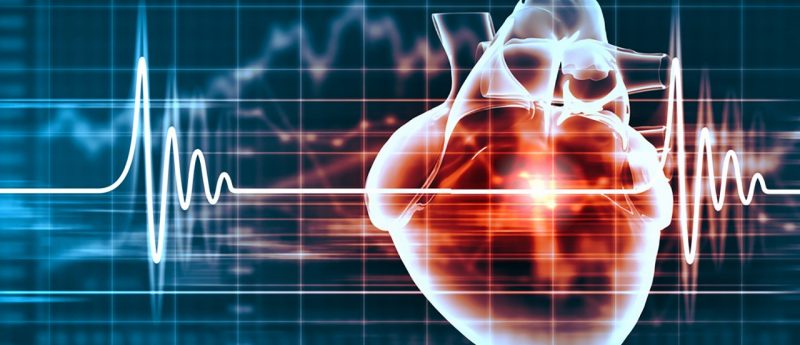Injected stem cells may not be directly contributing to a healing heart

Stem cells injected post-injury are stimulating heart regeneration in mice but are not contributing, according to a new study.
Researchers from Cincinnati Children’s Hospital Medical Centre (OH, USA) have claimed that stem cells do not contribute to regenerating cardiac tissue when they are injected into mice. The work could undermine clinical trials currently investigating the potential for stem cells to cause regeneration of cardiac tissue but does open a new avenue of treatment possibilities.
The work, led by Jeffery Molkentin (Cincinnati Children’s Hospital Medical Centre) and published in Nature, suggests that stem cells injected into post-infarction mice do allow for a significant improvement in regeneration; however, the same effect could be achieved with dead cells or zymosan, a chemical compound that activates the innate immune response. The authors concluded that the injection of the cells and subsequent innate immune response was what led to the regeneration of the heart tissue and not the stem cell qualities of the c-kit+ cells injected.
“The innate immune response acutely altered cellular activity around the injured area of the heart so that it healed with a more optimized scar and improved contractile properties,” stated Molkentin. “The implications of our study are very straight forward and present important new evidence about an unsettled debate in the field of cardiovascular medicine.”
By recruiting macrophages and activating standard wound healing pathways, the researchers believe that they were able to significantly increase the regeneration of the heart compared to those that were not injected, improving stretch and strength. Intriguingly, their findings demonstrated that this effect was not visible when the cells were introduced away from the site of damage, suggesting that the therapies currently being trialed may be designed incorrectly.
“Most of the current trials were also incorrectly designed because they infuse cells into the vasculature,” explained Molkentin. “Our results show that the injected material has to go directly into the heart tissue flanking the infarct region. This is where the healing is occurring and where the macrophages can work their magic.”
Beside the discovery that regeneration could be achieved by dead cells and chemical compounds, the team were then shocked to discover that zymosan actually led to a slightly greater and longer benefit to the tissue, over the transplanted stem cells.
In future, the researchers plan to investigate the role macrophages could play in healing damaged heart tissue, as well as the optimal way to utilize the effect of zymosan.
Source: Vagnozzie R, Maillet M, Sargent M, et al. An acute immune response underlies the benefit of cardiac stem-cell therapy. Nature. doi:10.1038/s41586-019-1802-2 (2019) (Epub ahead of print)
Have any additional questions about this story? Ask us in the comments, below.
Find out more in these top picks from the Editor:
- Study discovers placental stem cells that can repair the heart after heart attack
- New IPSC model for ischemic heart disease
- Performing a gene and cell therapy trial for heart attack patients: an interview with Duncan Stewart